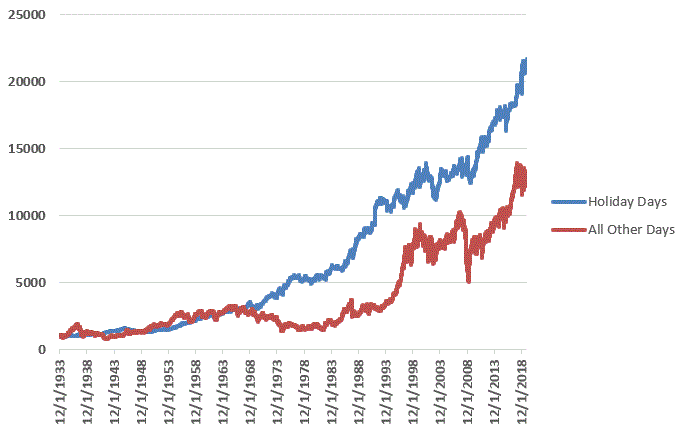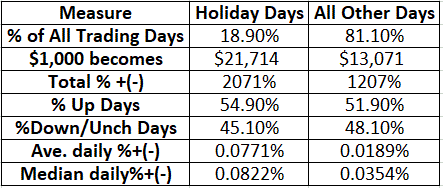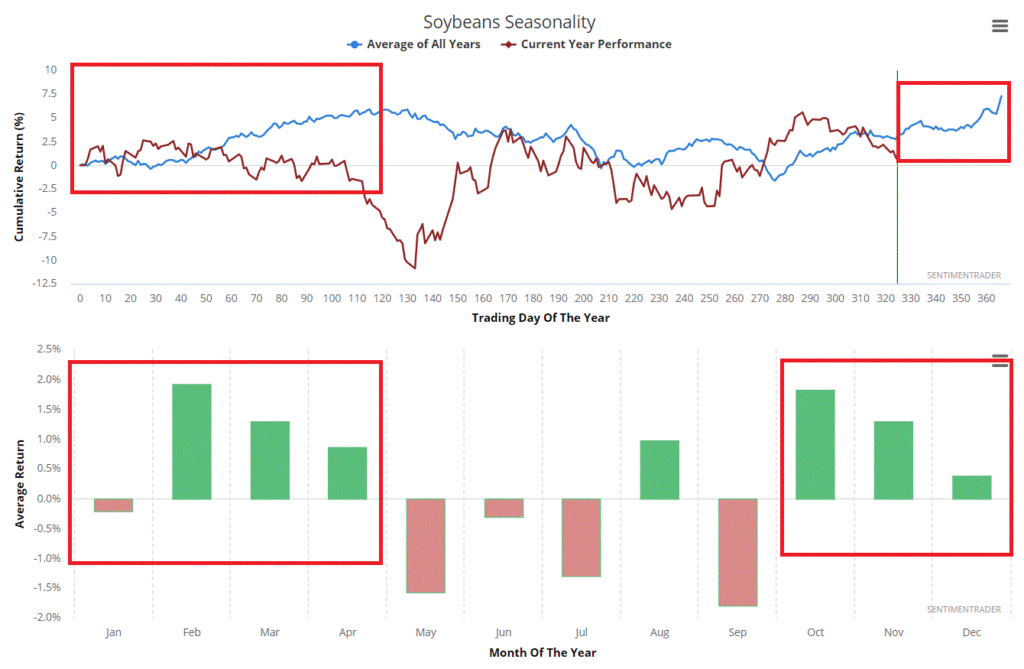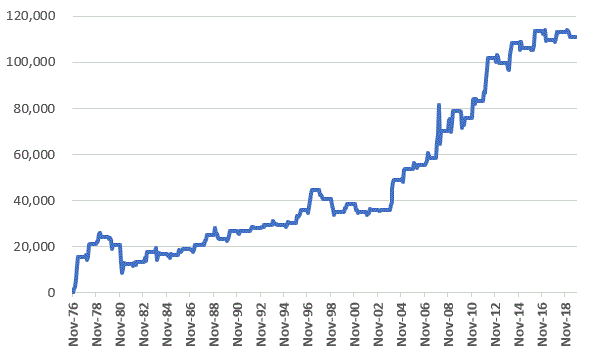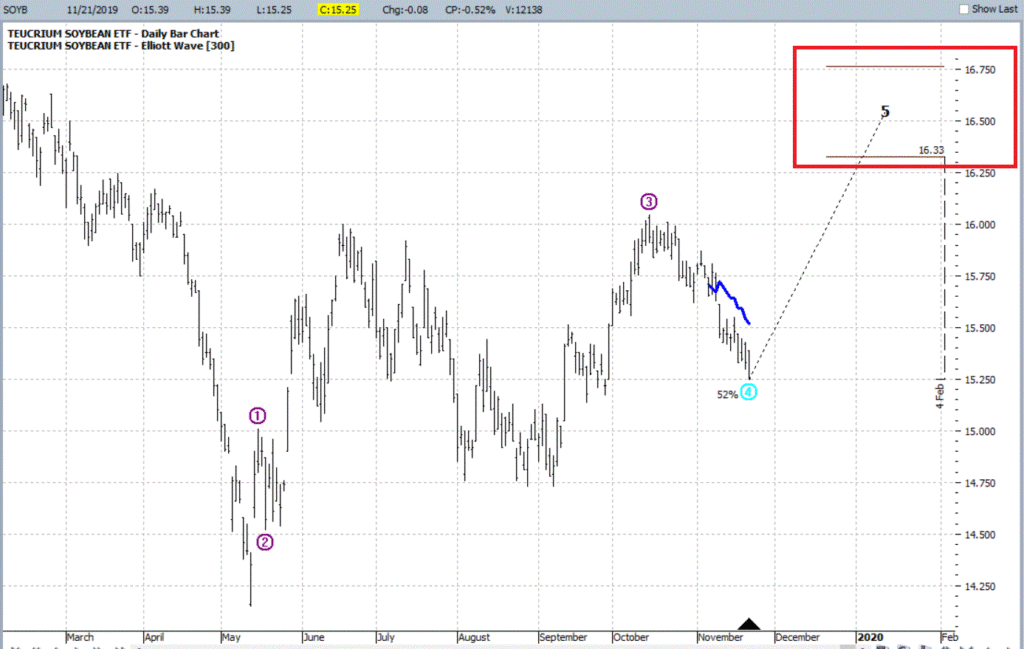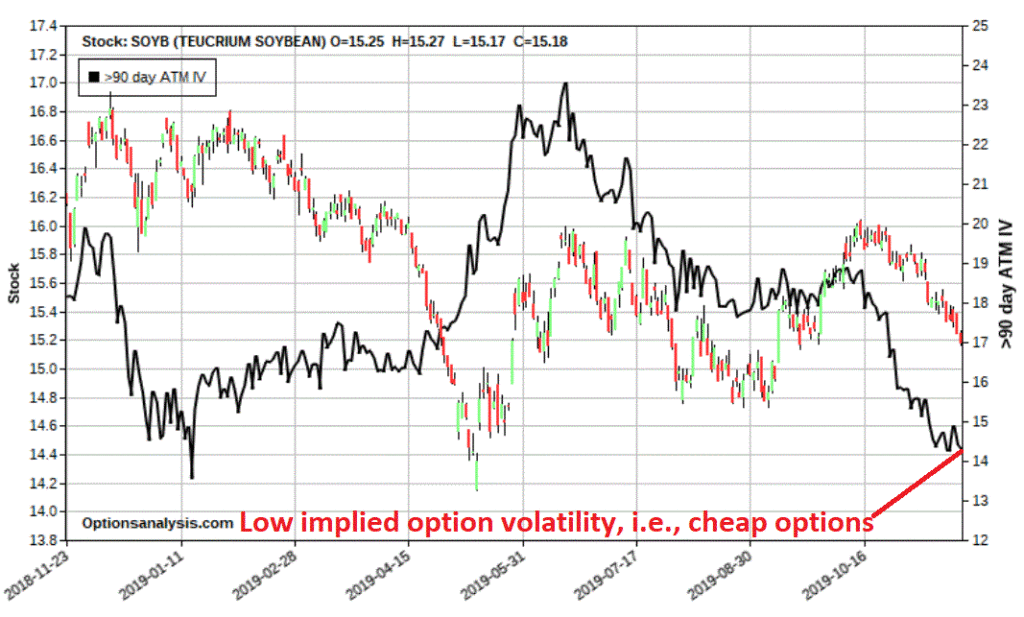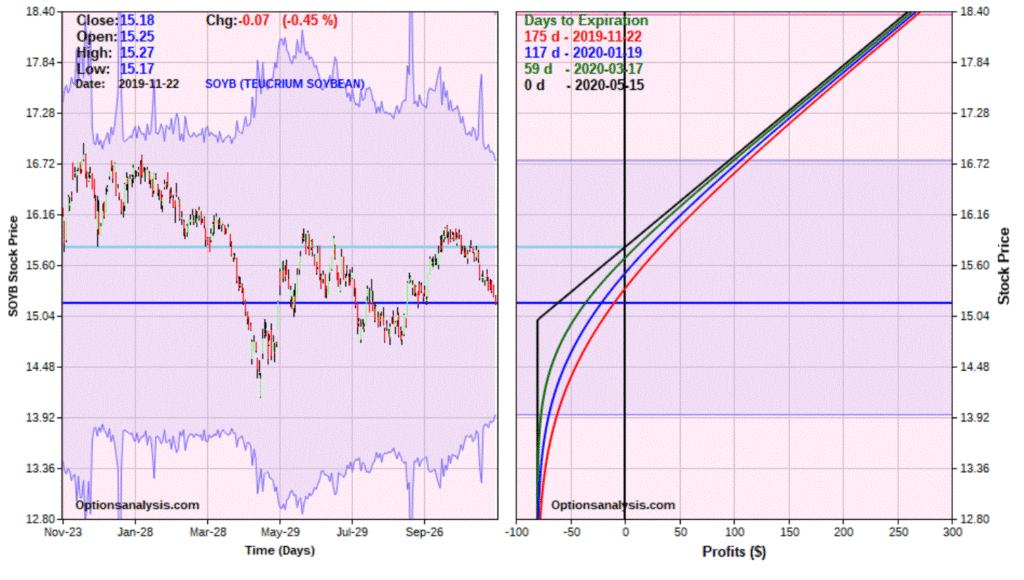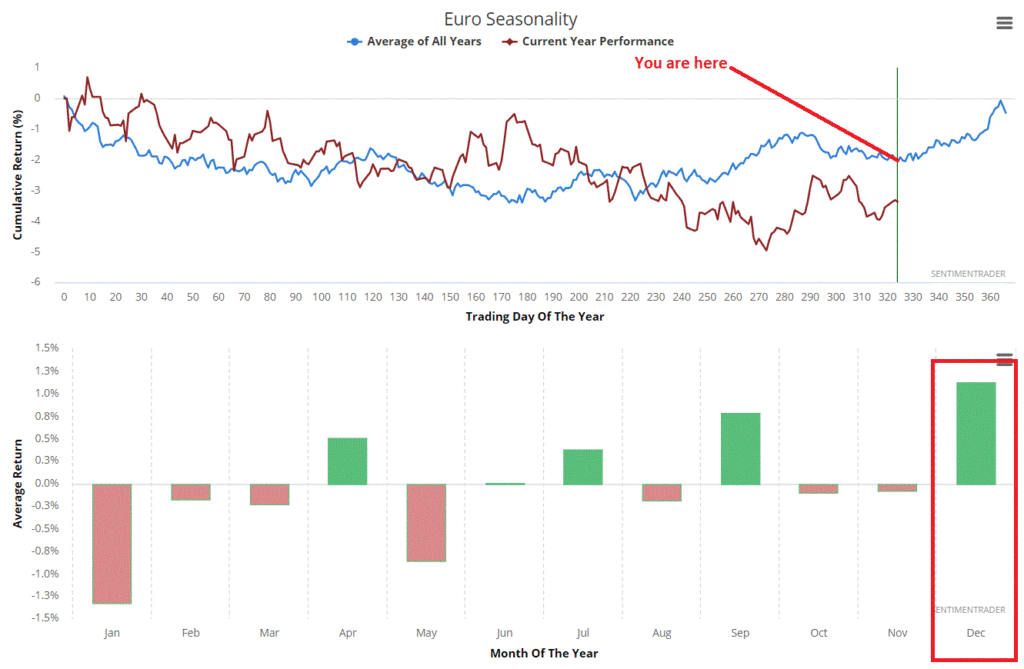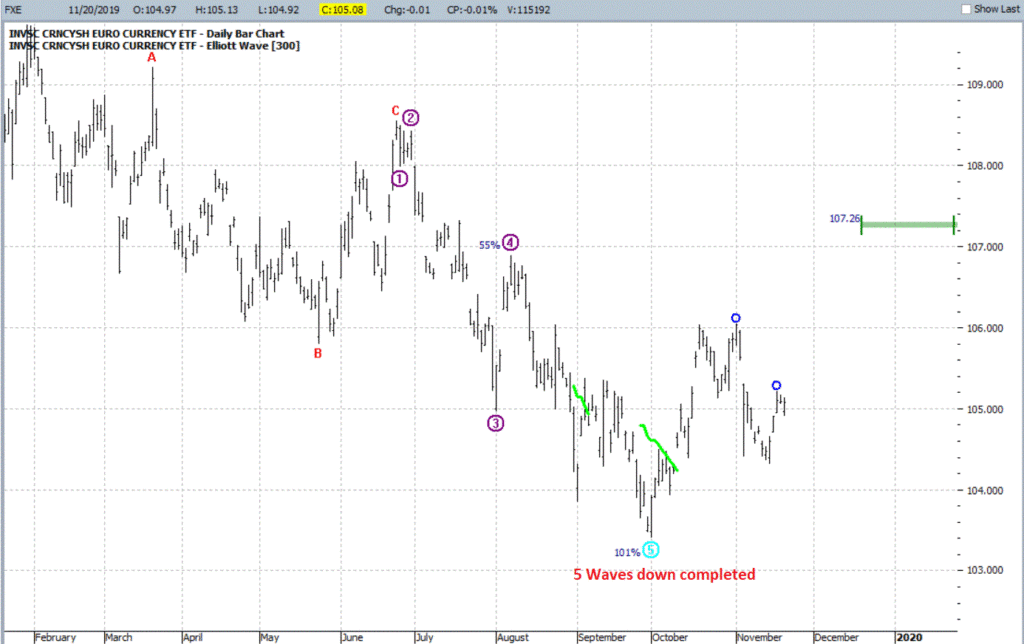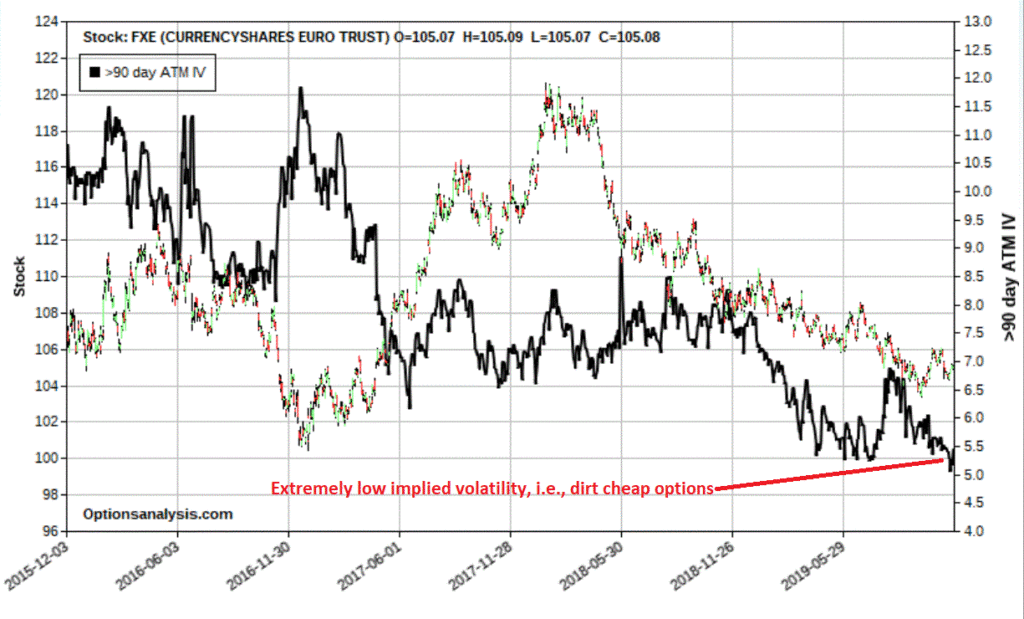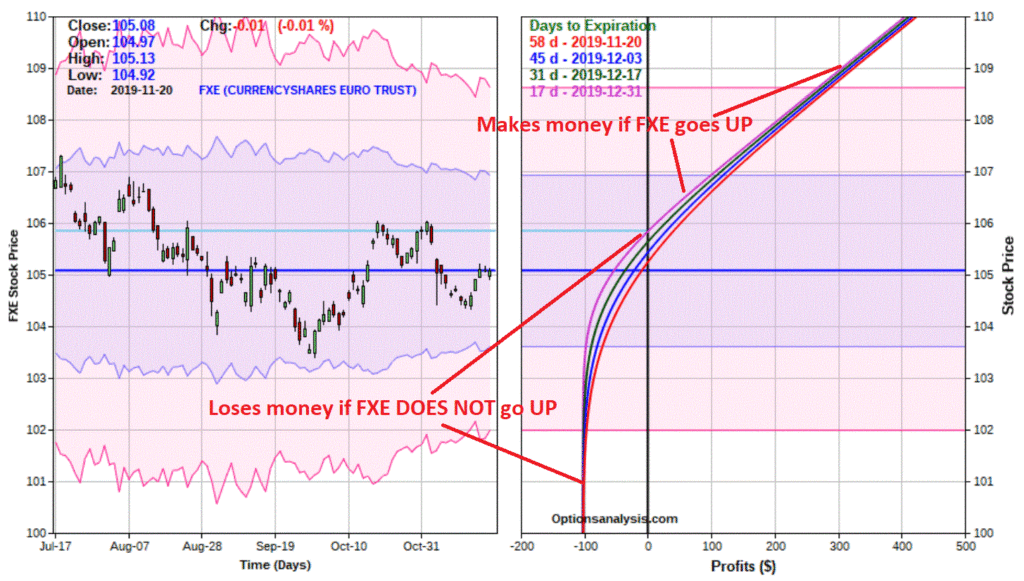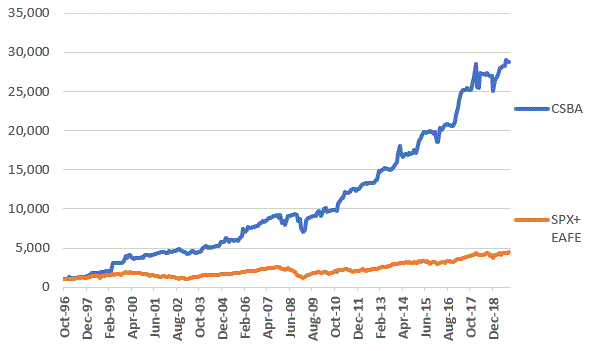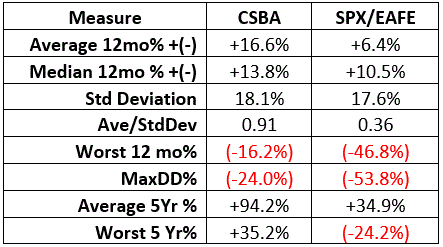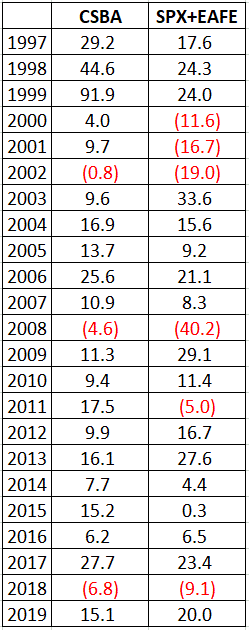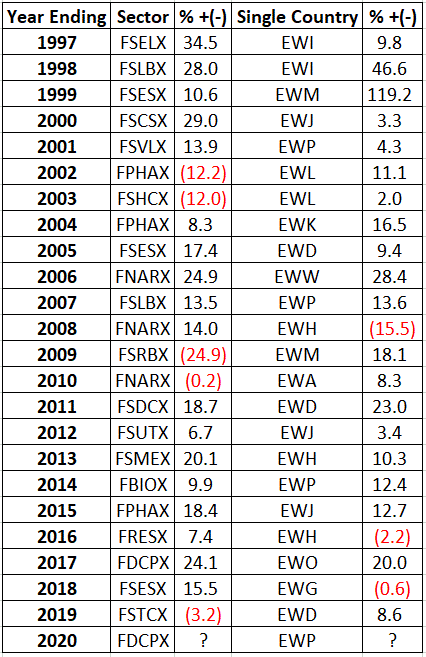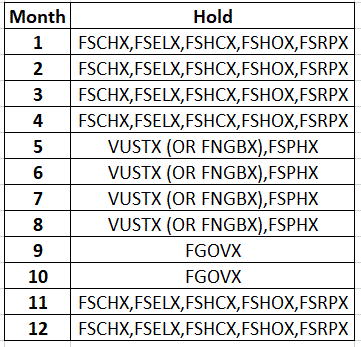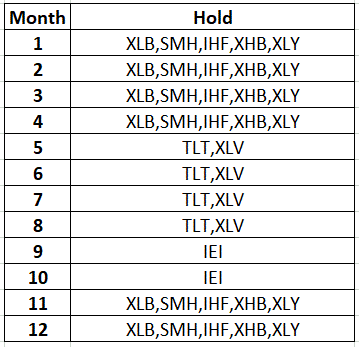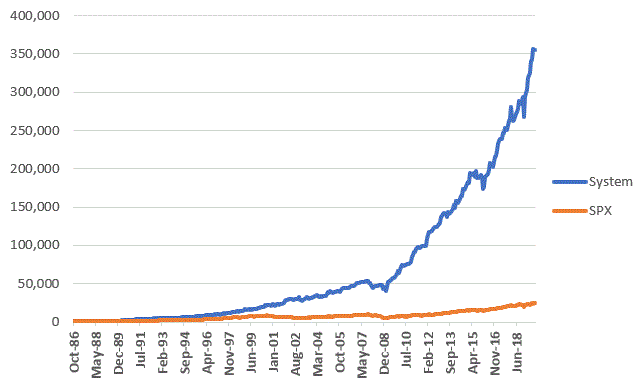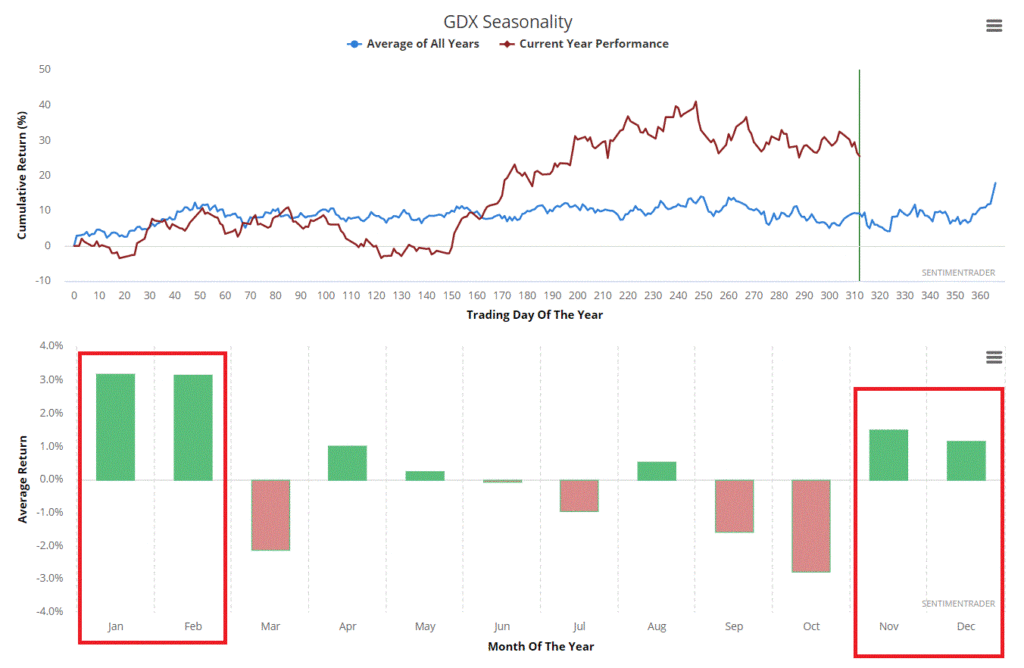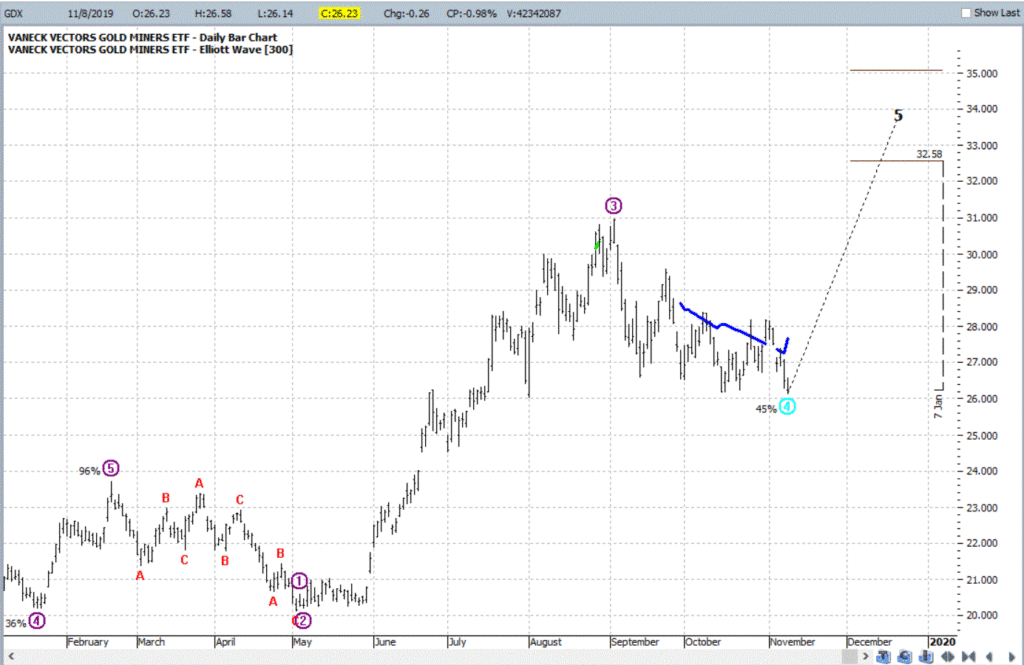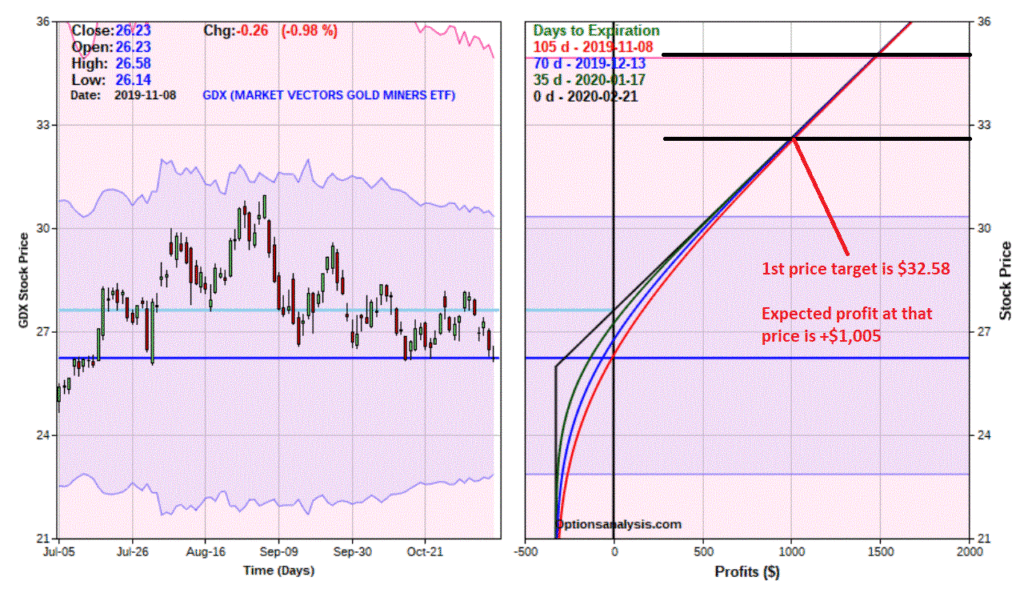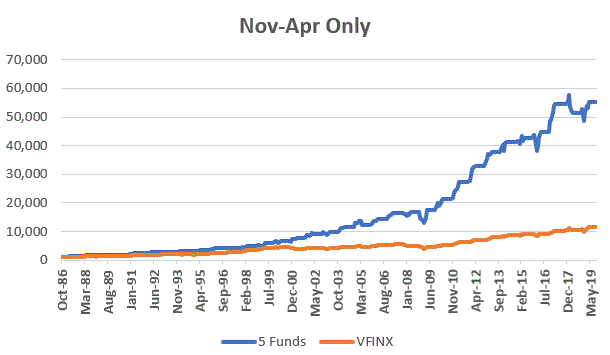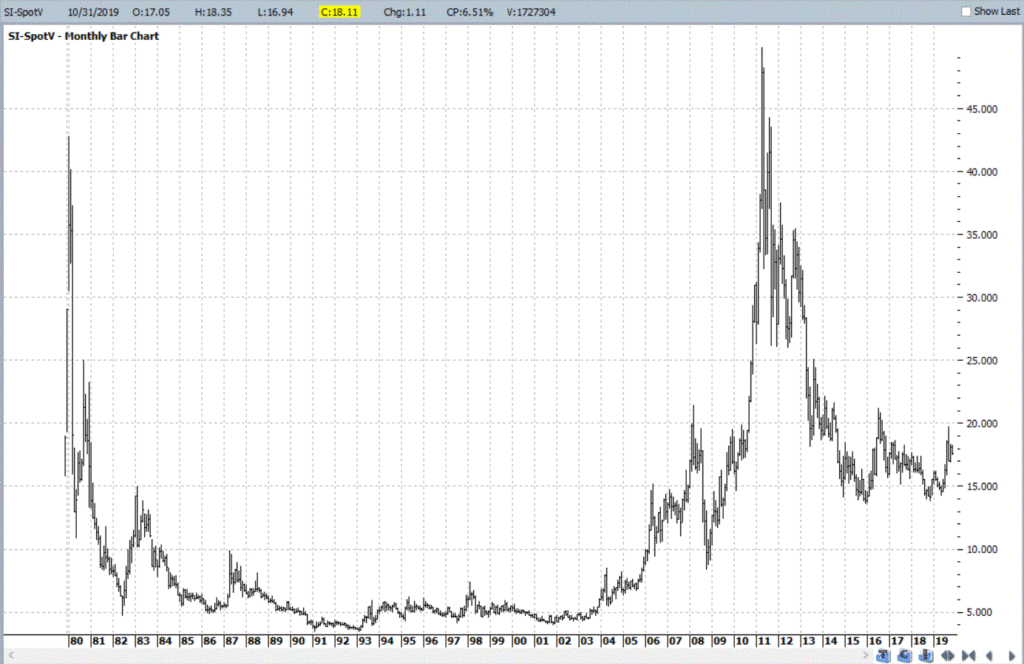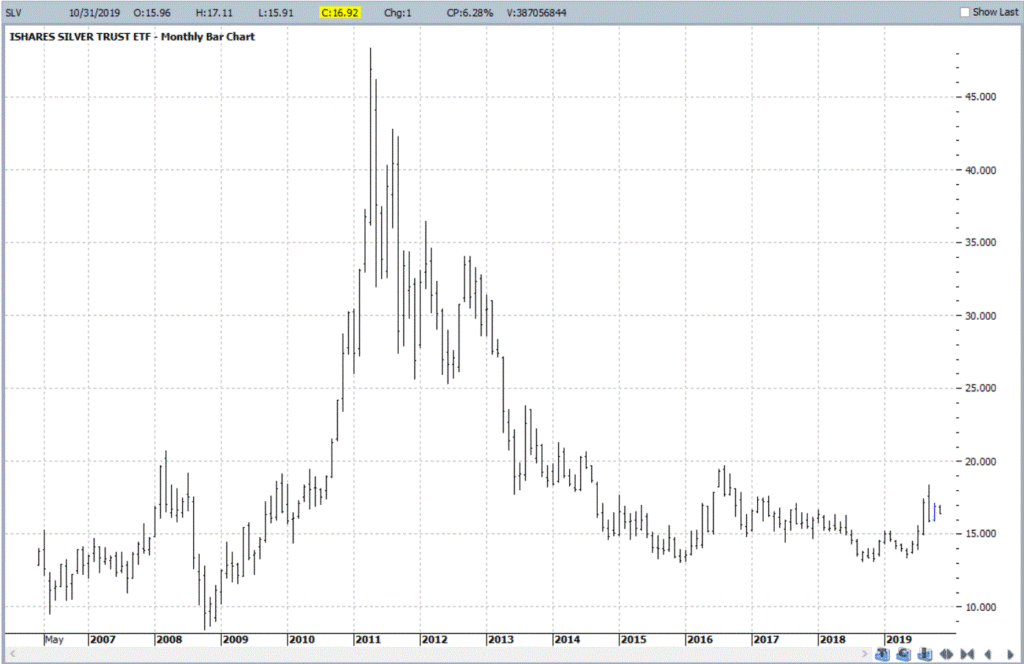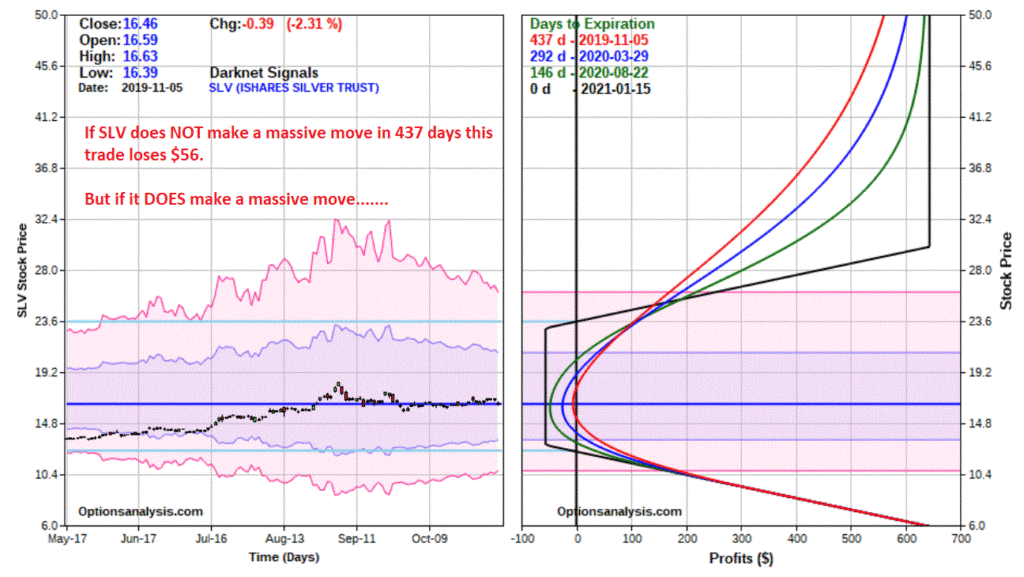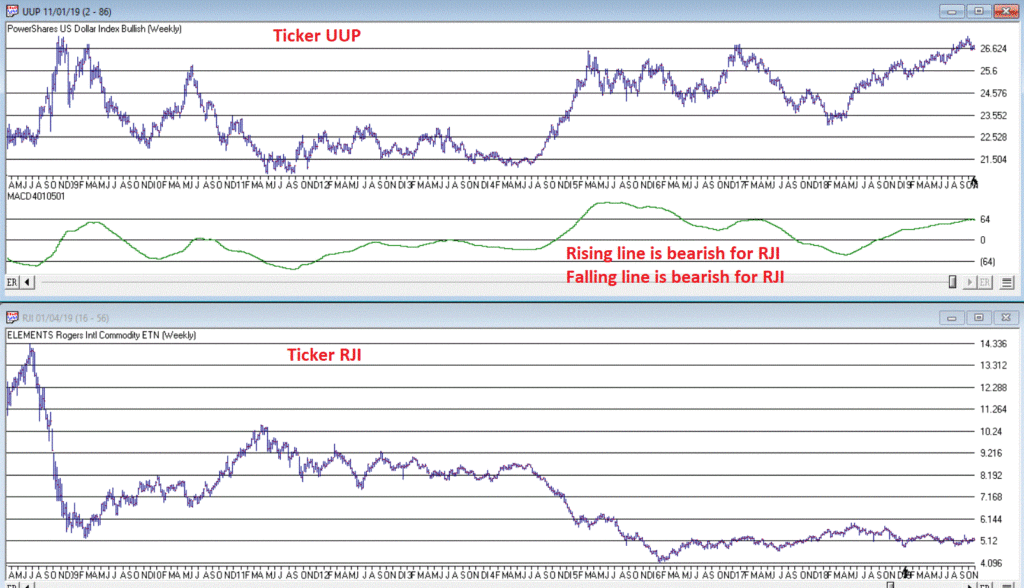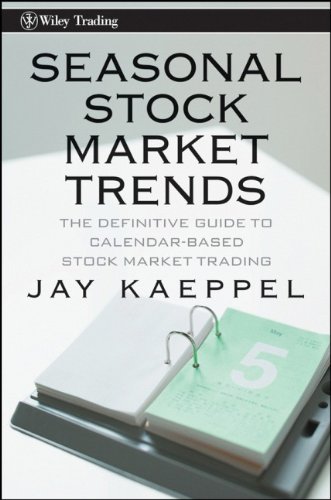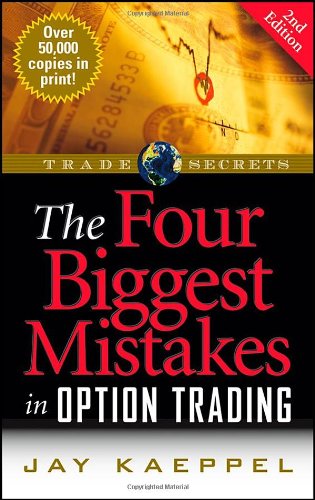Some topics excite investors. Others do not. Still, the fact remains that there is a time and place (and use) for “non-exciting” investments. When an investor decides to “raise some cash”, or to get out of the stock market entirely, the money has to go someplace.
Where that “place” is, can make a big difference over time. Consider several choices: there are money-market funds, very short-term securities (maturity of less than a year) and slightly less short-term securities (maturity of 1-3 years).
Let’s consider the following list of potential candidates:
| Fund/ETF | Duration | Exp. Ratio | SEC Yield |
| FDRXX | 1-month | 0.38% | 1.34% |
| BIL | 1-3 months | 0.14% | 1.48% |
| SHY | 1-3 years | 0.15% | 1.51% |
| MINT | < 1 year | 0.35% | 2.06% |
Figure 1 – Four “Safe Haven” Candidates
This list is by no means comprehensive. There are other funds/ETFs that fit into each category. For the record, FDRXX is a money-market fund, BIL and SHY are ETFs that track a specific index and MINT is actively managed.
A brief description of each:
FDRXX: A money-market fund that normally invests at least 99.5% of the fund’s total assets in cash, U.S. Government securities and/or repurchase agreements that are collateralized fully (i.e., collateralized by cash or government securities). Certain issuers of U.S. Government securities are sponsored or chartered by Congress but their securities are neither issued nor guaranteed by the U.S
BIL Fund Description (1-3 months): The SPDR® Bloomberg Barclays 1-3 Month T-Bill ETF seeks to provide investment results that, before fees and expenses, correspond generally to the price and yield performance of the Bloomberg Barclays 1-3 Month U.S. Treasury Bill Index.
SHY Fund Description (1-3 years): The iShares 1-3 Year Treasury Bond ETF seeks to provide investment results that, before fees and expenses, correspond generally to the price and yield performance of the Bloomberg Barclays 1-3 Year U.S. Treasury Bond Index.
MINT FUND Description (<1 year): The PIMCO Enhanced Short Maturity Active ETF seeks greater income and total return potential than money market funds, and may be appropriate for nonimmediate cash allocations. MINT will primarily invest in short duration investment grade debt securities. The average portfolio duration of MINT will vary based on PIMCO’s economic forecasts and active investment process decisions, and will not normally exceed one year. MINT will disclose all portfolio holdings on a daily basis, and will not use options, futures, or swaps.
Comparisons
Generally speaking, when it comes to fixed-income securities, the longer the average maturity, a) the higher the expected return, and b) the greater the risk of experiencing a decline in capital.
Thus, over time we would expect BIL to fluctuate more and provide a higher return than FDRXX. Likewise, SHY should be expected to fluctuate more and provide a higher return than BIL. The wild card in the list above is ticker MINT, which is actively managed.
The Results
Figure 2 displays the cumulative % growth for the four tickers listed in Figure 1 starting in December 2009 (the first full month of data for ticker MINT).

Figure 2 – Cumulative Returns (Dec-2009 to Oct-2019)
Figure 3 puts some numbers to the results displayed in Figure 2. Note that these are calculated using monthly total return data.

Figure 3 – Comparative Results
During the period of data considered, MINT has clearly been a compelling performer relative to the others on the list. While I typically prefer ETFs that track a specific index the folks running MINT have clearly done a good job. Note that BIL and FDRXX (and to a lesser extent SHY) will struggle to generate significant returns in a very low interest rate environment.
Summary
Obviously, the returns on these securities are not going to excite anyone. But – except on rare occasions – that is not really the purpose of short-term fixed income securities. The purpose in looking at the list above is to help identify a potential “safe haven” for “when the day comes” that one is needed.
Jay Kaeppel
Disclaimer: The information, opinions and ideas expressed herein are for informational and educational purposes only and are based on research conducted and presented solely by the author. The information presented does not represent the views of the author only and does not constitute a complete description of any investment service. In addition, nothing presented herein should be construed as investment advice, as an advertisement or offering of investment advisory services, or as an offer to sell or a solicitation to buy any security. The data presented herein were obtained from various third-party sources. While the data is believed to be reliable, no representation is made as to, and no responsibility, warranty or liability is accepted for the accuracy or completeness of such information. International investments are subject to additional risks such as currency fluctuations, political instability and the potential for illiquid markets. Past performance is no guarantee of future results. There is risk of loss in all trading. Back tested performance does not represent actual performance and should not be interpreted as an indication of such performance. Also, back tested performance results have certain inherent limitations and differs from actual performance because it is achieved with the benefit of hindsight.
